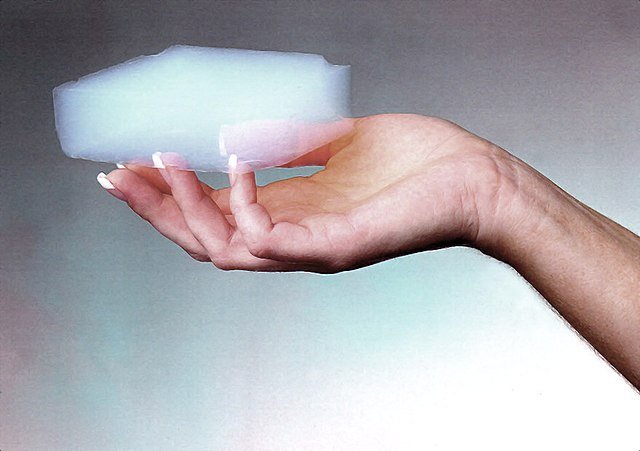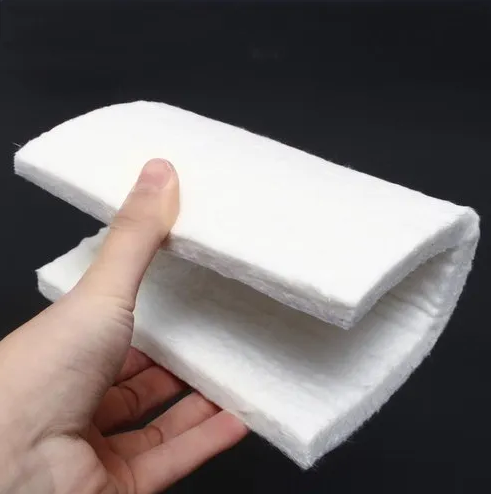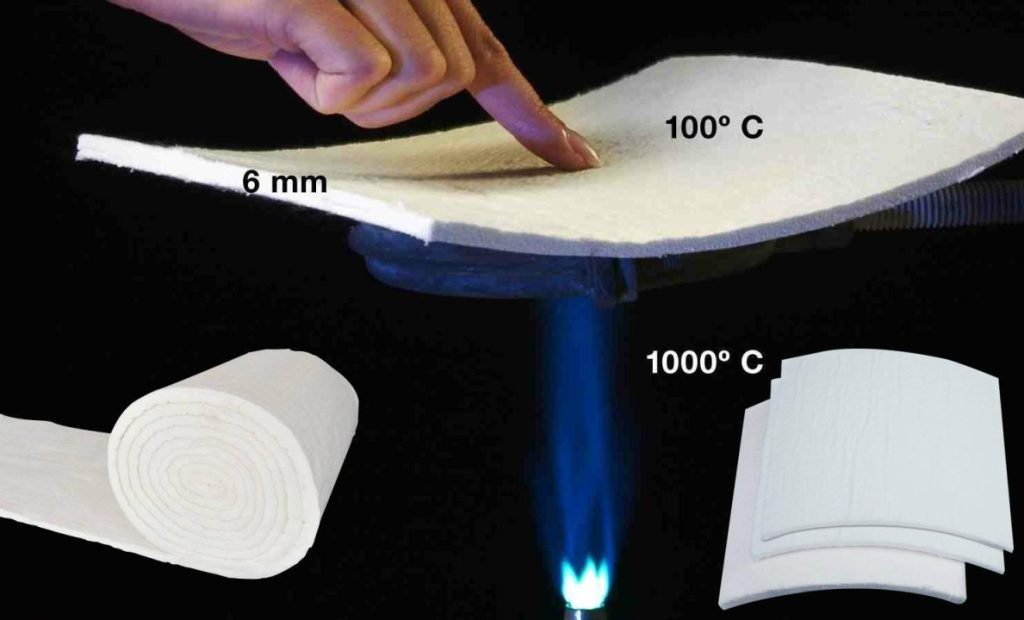What is Aerogel Insulation Blanket?
Aerogel insulation blankets are lightweight, flexible materials known for their exceptional thermal insulation properties. These blankets include aerogel sheets, films, and blankets. Aerogel, the core component, is the lightest solid material, with over 90% of its volume being air. According to a study published on Journal of Material, aerogels possess some of the lowest thermal conductivities of any solid, making them uniquely suited for insulation applications.
What is Aerogel?
Aerogel, often called “frozen smoke,” is an ultra-light, porous solid made from silica, which makes it an excellent insulator. Invented in the 1930s, aerogel is produced by extracting liquid from a gel via supercritical drying. The result is a material that is incredibly light and highly efficient at preventing heat transfer.
What is the Chemical Composition of Aerogel?
Silica-based aerogel, composed of silicon dioxide (SiO₂), is the most common type used for insulation. It is 99.8% air by volume, with a density of 0.003 to 0.5 g/cm³ and a surface area of up to 1000 m²/g. Its unique lattice structure with interconnected voids is key to its excellent insulation performance.

The Properties of Aerogel and Its Microstructure
Aerogel has a nanoscale mesh structure with pores between 2-50 nanometers, giving it an extremely low thermal conductivity of about 0.015 W/m·K. This structure minimizes heat transfer by limiting conduction, convection, and radiation. Aerogel blankets embed aerogel into a flexible substrate, making them ideal for insulating pipes, vessels, and other irregular surfaces.
To learn more about aerogel insulant blanket, please read: Aerogel Blanket–The Material of the Future.
What is Fiberglass Aerogel Blanket?
Fiberglass aerogel blankets combine silica aerogel with fiberglass to create a durable insulation material. They offer excellent thermal performance and mechanical strength, making them suitable for various industrial applications.
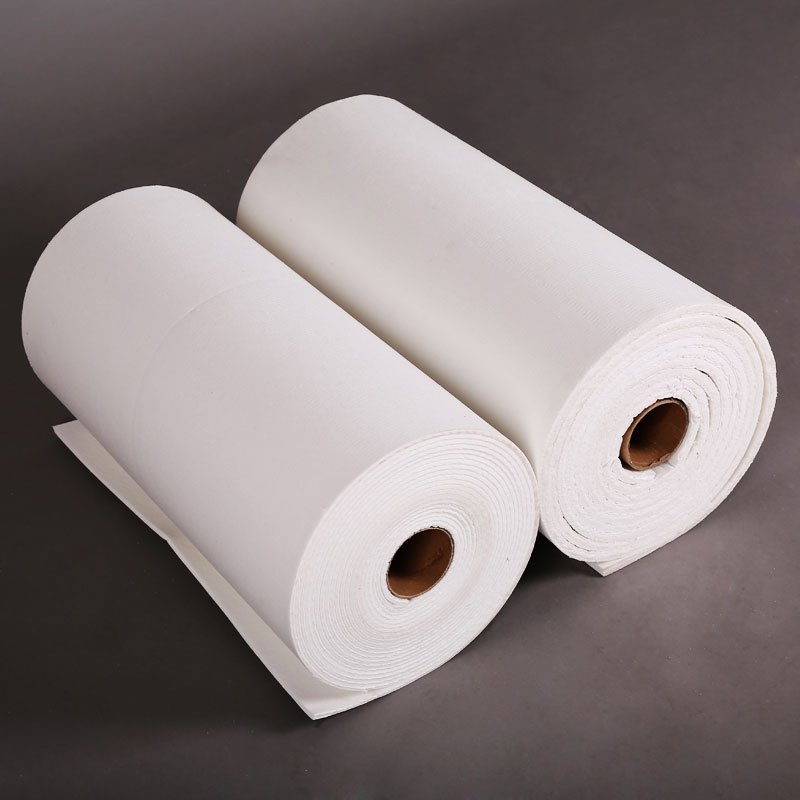
Attributes and Applications
Fiberglass aerogel blankets have a thermal conductivity of ≤0.020 W/m·K at 25°C and can withstand temperatures up to 600°C. They are lightweight, flexible, and resistant to moisture, making them ideal for battery insulation, thermal barriers, and equipment protection in sectors like energy and marine.
To learn more about fibreglass aerogel blanket, please visit: what is fibreglass aerogel insulation blanket?
What is Pre-Oxidized Fibre Aerogel Blanket?
The pre-oxidized fibre aerogel blanket is a hybrid material combining pre-oxidized fiber with aerogel, providing good thermal and mechanical properties for demanding environments.

Attributes and Applications
This blanket has a thermal conductivity of ≤0.035 W/m·K and can withstand temperatures up to 350°C. Its flexibility and moisture resistance make it suitable for e-vehicles, and protective clothing like fire-fighting suits.
To learn more about pre-oxidized aerogel blanket, please visit: what is pre-oxidized aerogel blanket?
What is Ceramic Fibre Aerogel Blanket?
Ceramic fibre aerogel blankets combine ceramic fiber with aerogel for high-performance thermal insulation in extreme conditions.
Attributes and Applications
The ceramic fibre aerogel blanket has a thermal conductivity of ≤0.023 W/m·K at 25°C and can withstand temperatures up to 650°C. It offers fire resistance, making it suitable for electronics, industrial equipment, and combustion prevention systems.
To learn more about Ceramic Fibre Aerogel Blanket, please visit: what is ceramic fibre aerogel sheet?
What is Silica Aerogel Blanket?
Silica aerogel blankets are made from silica aerogel and fiberglass, offering lightweight, high-performance insulation for industrial applications.
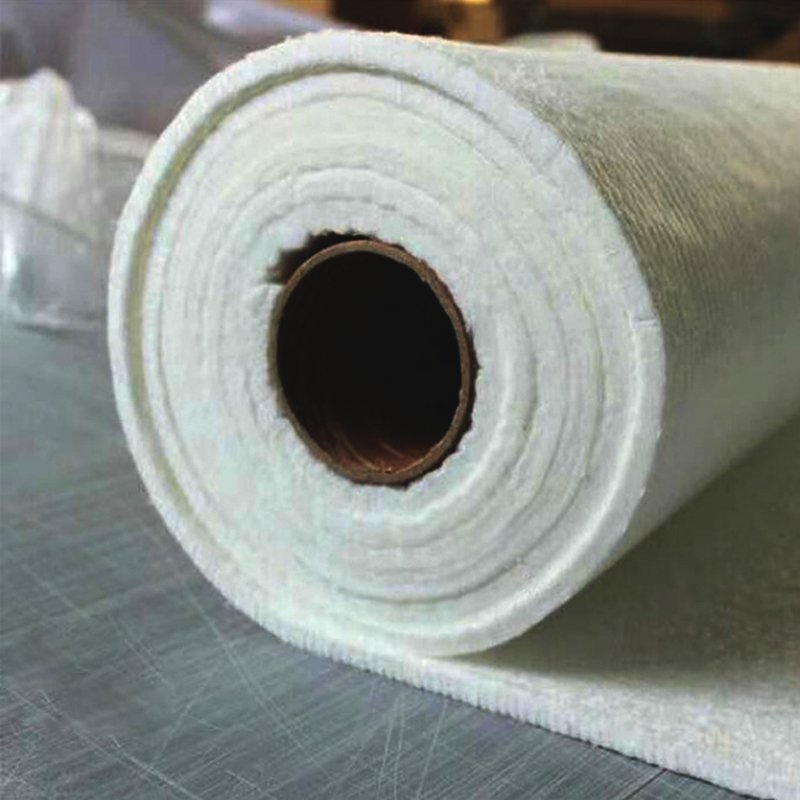
Attributes and Applications
With a thermal conductivity of <0.025 W/m·K and a maximum usage temperature of 950°C, silica aerogel blankets are flexible, waterproof, and corrosion-resistant. They are used in pipelines, storage tanks, and automotive components for thermal management.
What is the Difference Between Different Aerogel Blankets?
Below is a comparison chart summarizing the key differences in physical, thermal, and chemical attributes between the various aerogel blankets.
| Attribute | Fiberglass Aerogel Blanket | Pre-Oxidized Fibre Aerogel Blanket | Ceramic Fibre Aerogel Blanket | Silica Aerogel Blanket |
|---|---|---|---|---|
| Maximum Temperature (°C) | 600 | 350 | 650 | 950 |
| Density (kg/m³) | 200 ± 20 | 180 ± 20 | 260 ± 20 | 200 |
| Thermal Conductivity (W/m·K) | ≤0.020 (25°C) | ≤0.035 (25°C) | ≤0.023 (25°C) | <0.025 (25°C) |
| Hydrophobic Rate (%) | ≥98 | ≥98 | ≥98 | Yes |
| Fire Resistance | A1, V0 | Not specified | A1, V0 | A-Level |
| Flexibility | High | High | Medium | High |
| Primary Applications | Industrial, Energy | Electric Vehicles, Elecronics | Electronics, Industrial | Pipelines, Automotive |
Fonitaniya has all above mentioned aerogel blanket product on shelf, please visit here.
Conclusion
Aerogel blankets are versatile and high-performance insulation materials suitable for a range of industrial and engineering applications. Each type of aerogel blanket has distinct attributes that cater to specific needs, from thermal insulation in pipelines to fire protection in vehicles. Fonitaniya™ is committed to advancing aerogel insulation technology, with a strong focus on all three types mentioned. Clients, including Chevron, ExxonMobil, PetroChina, and CRRC, have recognized and praised our products for their quality and reliability.
FAQs
What is an aerogel insulation blanket?
Aerogel insulation blankets are flexible materials that provide excellent thermal insulation, made primarily from aerogel and a support structure like fiberglass or ceramic fibers.
How effective is an aerogel blanket for insulation?
Aerogel blankets are among the most effective insulators, with thermal conductivities as low as 0.015-0.035 W/m·K, making them ideal for extreme temperature control.
Can aerogel blankets be used in high-temperature environments?
Yes, different types of aerogel blankets are designed for specific temperature ranges, with some capable of withstanding temperatures up to 650°C.
Are aerogel blankets waterproof?
Yes, most aerogel blankets are highly hydrophobic, with water repellency rates of ≥98%, ensuring durability in moisture-prone environments.
Is aerogel environmentally friendly?
Aerogel products comply with environmental standards like RoHS, REACH, and ELV, ensuring they are safe for use and environmentally friendly.
What industries commonly use aerogel blankets?
Industries such as oil and gas, automotive, construction, and electronics use aerogel blankets for insulation, fire protection, and thermal management applications.

